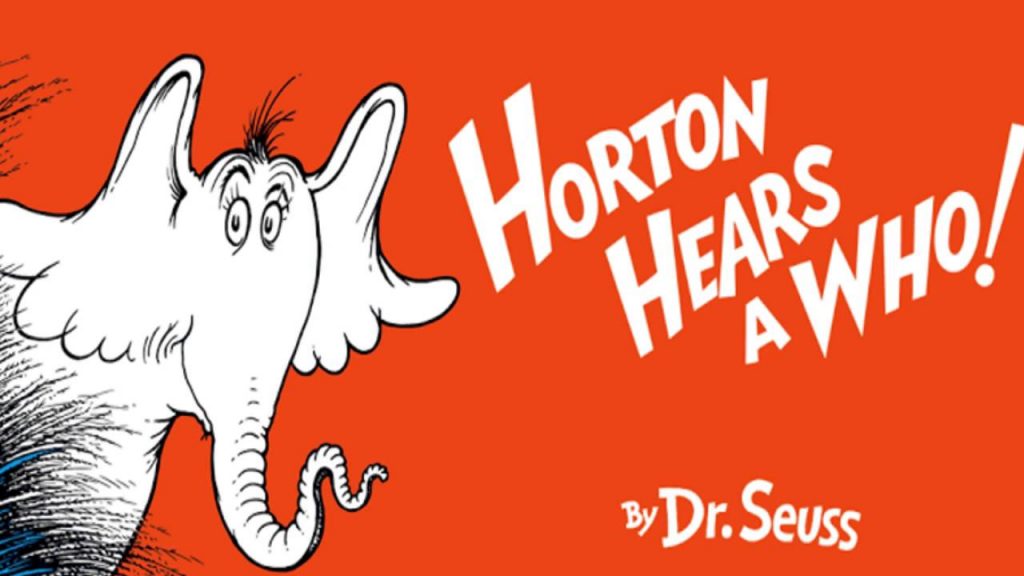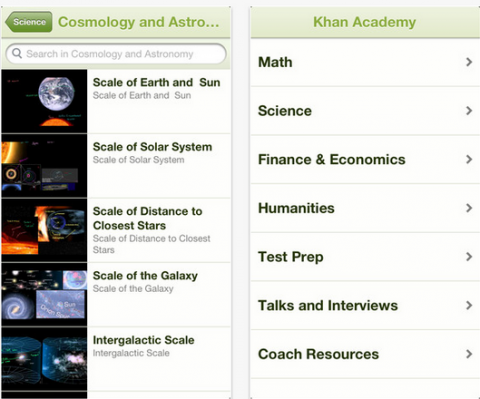Internet trolls are very touchy people. Sometimes their rage is targeted at public figures, institutions, or groups who do and say horrible things (the Westboro Baptist Church comes to mind). More often, the phenomenon of “trolling” is a free-for-all of absurdist online pranks or verbal abuse directed at anyone and everyone. And far too often, online abuse is specifically directed at vulnerable people or victims of tragedy. But, as you’ll see from the comments on the above video from PBS’s Offbook series (if you care to peruse them) almost nothing makes the internet angrier than discussions of trolling itself, since so many people see these conversations as preludes to censorship or nannyish and unconstitutional regulation.
The researchers in the above video don’t, however, make any recommendations for curbing speech. Whitney Phillips, a lecturer at New York University, allows for the potential of trolling to open up dialogues that would otherwise be smothered by taboos. Harvard University’s Andy Sellars makes an important distinction between public speech regulated by the government and that restricted by private entities, like online service providers—an important legal distinction in first amendment cases (he cites the recent fracas over the inflammatory “Innocence of Muslims” video). Sellars points out that, at the moment, the authority for regulating online speech rests with corporations (who, unfortunately, do bow to government pressure, especially abroad). Attempts to regulate the internet by the government have been ham-handed, unpopular, and mostly driven by the profit-motives of the recording and film industries, and Sellars doesn’t address them.
Some attempts at legislation have specifically targeted the cherished culture of online anonymity in order to deal with the ugly phenomenon of cyberbullying. Sellars defends the importance of anonymity, saying it protects victims of real world abuse and oppression from being identified and targeted if they speak out on safe spaces on the internet. Unfortunately, anonymity can also enable what Fordham’s Alice Marwick calls the “online disinhibition effect,” a psychological term for the freedom trolls feel to say abusive things online that they would never say in person.
Marwick discusses this effect in the context of what she calls “aggressive speech acts” but allows that the prevalence of bullying on Facebook, which ties online identities to real names and faces, acts as a counter-example to the theory that anonymity is solely responsible for online abuse. She frames her research as taking a look at our cultural values and “seeing how those play out in technical spaces” and points out that an exclusive focus on cyberbullying ignores the range of other, offline behaviors generally present in—most disturbingly—cases of suicide following online bullying. While the advocacy group Cyberbullying Research Center has adopted the term “cyberbullicide,” defined as “suicide indirectly or directly influenced by experiences with online aggression,” and offers policy suggestions to deal with the problem, Marwick is more circumspect. She calls these cases “complicated” and says that they don’t warrant restricting content but instead improving responses to kids who need help.
Complicated is precisely the word for the tangle of issues relating to internet speech. After watching the balanced, if cursory, discussion above, however, I found the responses of the trolls baffling and lacking all proportion, since no one in the video calls for legislation to limit online speech. But that’s instructive. Trolling is a pervasive hum surrounding almost all popular online content. Sometimes it’s politically pointed, sometimes it’s clever or surreally funny, sometimes it’s just low-level noise, and sometimes it’s a kind of rage-filled adolescent viciousness that is genuinely unsettling and hard to understand.
Josh Jones is a doctoral candidate in English at Fordham University and a co-founder and former managing editor of Guernica / A Magazine of Arts and Politics.




